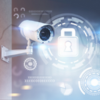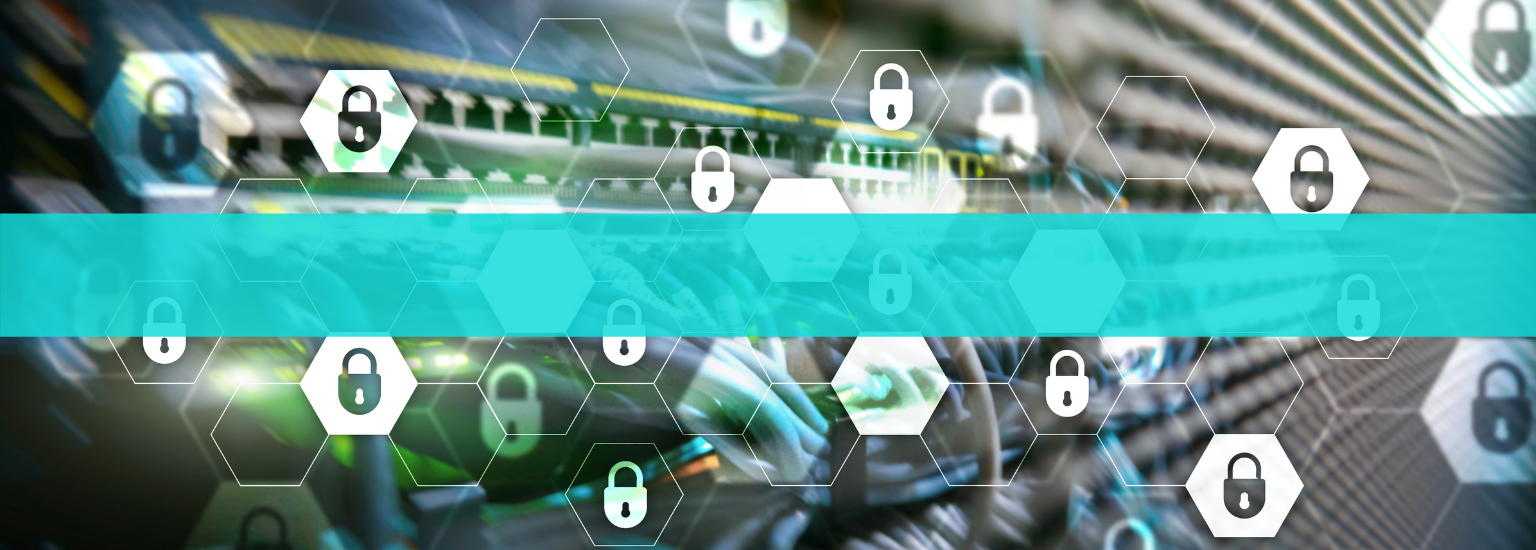Privacy e sicurezza: un’evoluzione congiunta al centro del valore dei dati
Il concetto di privacy si è trasformato nel tempo, accompagnando l’evoluzione tecnologica iniziata già dalla fine del XIX secolo, con il pensiero di Warren e Brandeis. Se un tempo indicava semplicemente la tutela della sfera privata, oggi si riferisce soprattutto al diritto della persona di controllare l’accesso e l’utilizzo dei propri dati personali. In altre parole, la privacy moderna riguarda il diritto di decidere chi può trattare o visualizzare le proprie informazioni, e in quali circostanze.
Parallelamente, la sicurezza informatica (information security) si occupa di proteggere i sistemi e gli asset digitali, garantendone disponibilità, riservatezza e integrità.
È proprio l’interconnessione tra privacy e security a ispirare questo percorso formativo, incentrato sul valore dei dati. Il corso è strutturato in moduli tematici tra loro collegati, ma pensati per essere fruibili anche in modo indipendente, in base alle esigenze del partecipante.
Buy the complete course for €3,600.00 + vat 22% instead of €4,510.00 + vat 22%
For more information
Call us on the number: 3484161819 Write to us at: iter@iterdigital.it Use the contact form

Privacy and GDPR: Accountability and Compliance
Il Regolamento sposta l’attenzione dalla sola tutela dell’interessato alla responsabilità attiva di titolari e responsabili del trattamento dei dati. Questi soggetti devono adottare comportamenti proattivi e dimostrare concretamente di essere conformi alla normativa.

Privacy and GDPR: analysing and mapping business processes
Analizzare e mappare i processi aziendali non serve solo a garantire la conformità al GDPR, ma rappresenta anche un’opportunità per ripensare l’organizzazione nel suo insieme, migliorandone sia l’efficienza operativa che la sicurezza.

Privacy risk analysis
L’analisi dei rischi consente di individuare e comprendere le vulnerabilità aziendali, sia tecniche che organizzative. Questo processo permette di definire azioni mirate per ridurre o eliminare le aree di rischio, migliorando così la sicurezza e la conformità al GDPR.

DPIA - Data Protection Impact Assessment
Svolgere correttamente una DPIA permette al Titolare del trattamento di identificare i rischi che un trattamento può comportare per i diritti e le libertà degli interessati, e di individuare le misure tecniche, giuridiche e organizzative più adeguate per ridurli o eliminarli.

Security: safety, security & emergency
Essere davvero sicuri parte dalla conoscenza e dalla consapevolezza del rischio. Non basta sapere che un pericolo esiste, è fondamentale percepirlo realmente per poterlo affrontare in modo efficace.

Audit and GDPR - UNI EN ISO 19011 Guidelines
Per garantire la conformità al GDPR, ogni organizzazione dovrebbe programmare verifiche interne regolari (audit). Queste verifiche aiutano a prevenire anomalie, non conformità o criticità, garantendo un controllo costante e una gestione efficace della compliance.

IT Security: availability, confidentiality and integrity of goods or assets
La sicurezza informatica si basa sull’adozione di strumenti e tecnologie volte a proteggere dati e risorse digitali garantendone tre aspetti fondamentali: accesso garantito quando necessario, accesso solo a chi è autorizzato, dati e sistemi non alterati o danneggiati.

IT Audit: Review of Information Systems
The primary functions of an IT audit are to assess the systems in place to protect an organisation's information. In particular, IT audits are used to assess the ability to protect an organisation's information assets and...

Introduction to SGSI Standards - ISO/IEC 27K
ISO/IEC 27000 - general information, terms and definitions, overview, requirements and general guidelines - is the key to better understanding and successfully applying information security management standards, in a context that is...

Cybersecurity & Data Security
In an increasingly interconnected market, it becomes essential to rethink business and production processes in a completely different way, taking into account that the opportunities of digital and the internet are accompanied by threats and vulnerabilities...

Business Continuity and operational resilience: designing and implementing solutions
design, implement, test and verify, through specific audit activities, resilience and business continuity solutions in organisations of various types and sizes...

Documentary system for privacy compliance
Those who process personal data must be able to demonstrate at all times what safeguards they have put in place to comply with the law and how these safeguards are managed and monitored. In order to do so, it must have a set of documents, records, ...

Cybersecurity: protecting the company from human error
People represent the greatest risk for the compromise of corporate IT systems. The human element is considered the 'weak link in the chain' as it is the main cause of cybersecurity incidents and breaches...

Internet of Things (IoT): Privacy and Security
The Internet of Things or Internet of Everyday Tools, represents a network to which all objects around us are connected and interconnected, collecting and exchanging data in real time...

Marketing and Processing of non-customer and customer data
The critical issues of processing explicitly and indirectly collected information on customers and non-customers. Privacy by Design, Accountability and Impact Assessment to know how to choose the right tools and how to control marketing processes...

Video surveillance in organisations
Analysis from a legal and IT-technical point of view to understand how the guidelines of the European Committee of Supervisors impact on companies and PAs installing surveillance systems...

Data breach in the GDPR
A personal data breach can, if not addressed in an appropriate and timely manner, cause physical, tangible or intangible harm to individuals. With this in mind, the GDPR highlights the procedures to be adopted with regard to the security of processing...




